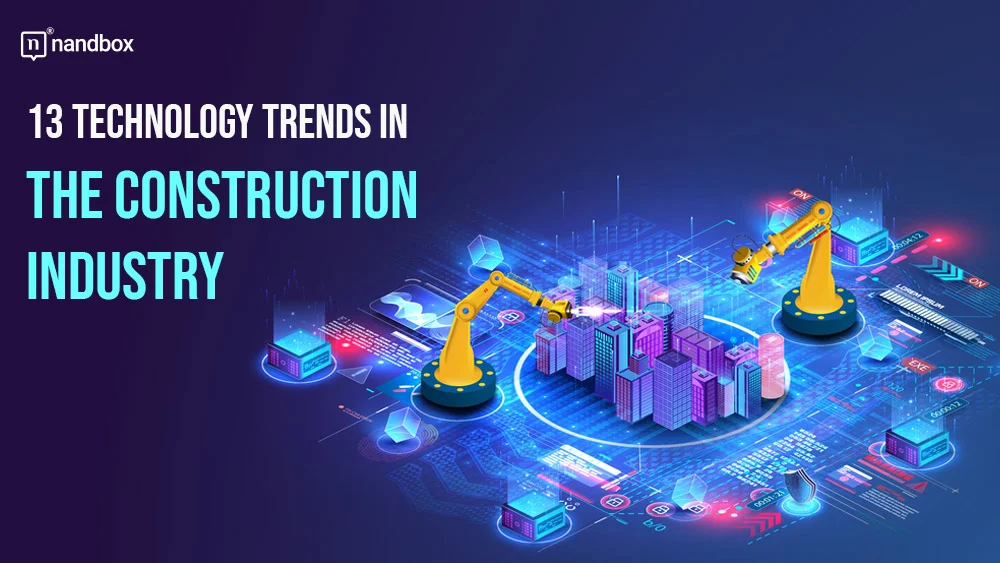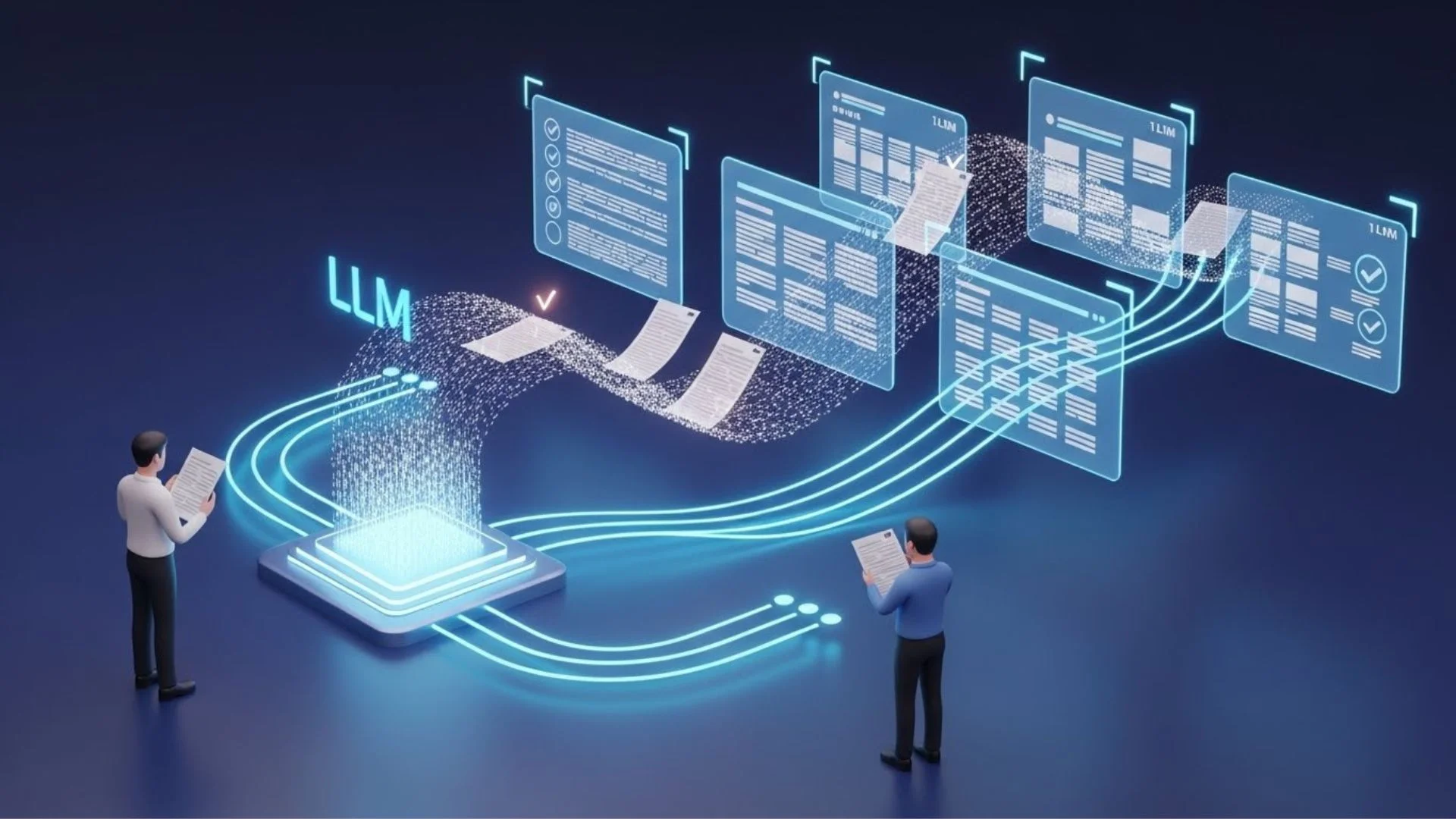Technology has advanced in the construction industry in the past few years at a speed that has not been seen before. The future of construction is heavily built on unique technology – some of which is already in the process of being widely implemented. With technology, companies can build faster, smarter, and safer. The right tech will also make your organization more efficient and competitive.
Here are the technology trends in the construction industry to watch in the years to come.
Prefabrication and Modular Construction
Prefabrication is gaining widespread adoption in the construction industry, with advancements in prefabrication processes leading to highly successful results. This approach involves constructing building components off-site and then assembling them on-site, a method that significantly accelerates construction timelines. Phases of construction that might typically take weeks can now be completed in just a few days due to the efficiency of prefabrication.
The speed and precision of prefabrication have proven especially advantageous in residential home construction, where the demand for quicker project turnaround times is high. As these processes continue to improve, more construction companies and developers are adopting prefabrication for its ability to reduce labor costs, minimize on-site waste, and enhance overall build quality. Given these benefits, prefabrication is poised to become an increasingly popular choice, potentially setting a new standard in the construction industry and becoming the go-to method for residential and even commercial projects in the near future.
3D Printing Is a Major Tool In Home Building
3D printing in construction allows a builder to access all sorts of materials. It reduces waste, maximizes design freedom, and reduces human error. So much more is possible with 3D printing in your construction project. It can even create premium-grade concrete and be used with other building materials, including steel and plastic.
Internet of Things for Site Monitoring
IoT connects devices and machinery for real-time data sharing. This improves site safety by monitoring environmental conditions in real time. Tasks like lighting and temperature control can be automated using IoT. Further examples include waste management, equipment tracking, structural health monitoring, and concrete curing. Additionally, construction equipment management helps streamline the maintenance and utilization of machinery, ensuring optimal performance throughout the project.
Using Construction Management Software
Construction management software has data management capabilities that allow you to collect everything in a single location: control project costs, procure materials, monitor schedules, delegate tasks, and automate reports. These are just a few things you get from this game-changing technology trend in construction.
Wearable Technology for Worker Safety
Safety wearable tech in construction tracks worker health and fatigue levels. Smart sensors can be used to monitor several health and safety indicators. Monitor site hazards that detect environmental changes. Examples of wearable safety technologies include smart boots, helmets and hard hats, smart glasses, smart watches, and more.
Building Information Modeling Creates 3D Models
Building information modelling, or BIM, allows stakeholders to walk into a 3D virtual construction project model. It enhances project visualization in a previously unseen way and significantly reduces rework. BIM is a transformative technology that facilitates more confident approvals from all stakeholders. BIM enables precise planning of various construction elements, including accessibility features like ramps. Utilizing tools such as a ramp gradient calculator within the BIM process ensures compliance with accessibility standards and enhances safety. BIM enables precise planning of various construction elements, including accessibility features like ramps. Utilizing tools such as a ramp gradient calculator within the BIM process ensures compliance with accessibility standards and enhances safety.
Sustainable and Innovative Materials
Eco-friendly green materials, such as those made from recyclables repurposed, are more desirable than ever. Materials such as asphalt and concrete can also be seen as having strength and performance that improve when mixed with recycled materials. This is a growing area of development that is a priority for many governments, countries, and construction companies.
Robotics Supplementing Human Workers In Construction
Robots can improve safety in the best construction jobs and careers. They can be applied to automated tasks to relieve stress and responsibility from existing workers and construction teams. Robotics can reduce labour costs, offer 24/7 efficiency on repetitive tasks, and enhance precision while eliminating human errors.
Cloud-Based Storage and Project Management
A cloud-based construction management software centralizes all documents, project details, and communication. You can enable real-time remote collaboration between teams, clients, and stakeholders in a single hub. Use your smartphone to project-manage! With encrypted data cloud storage, you increase data security and ensure no unauthorized party accesses your data.
AI In Your Data Management and Project Admin
Today, AI can do much for construction projects, especially when applied to project management software. AI can predict project delays and cost overruns, improve resource allocation, provide data-driven insights, and automate more repetitive admin tasks, such as data entry and reporting.
Augmented And Virtual Reality Tools Test Out Designs
When augmented and virtual reality tools are accessible, you can enjoy more interactivity with your construction plan. You can create 3D models, practice complex engineering tasks, and explore a project deeper. When you overlay a digital design on-site or compare it in real time with building plans, you reduce errors and improve accuracy during construction.
Drones Can Complete Fast and Accurate Site Surveys
Drones are transforming site inspections with their speed, accuracy, and ability to capture detailed information from above. Equipped with high-resolution cameras and advanced sensors, drones allow project managers to monitor progress, inspect structures, and gather real-time data efficiently. Unlike traditional inspection methods that may require scaffolding or additional manpower, drones can swiftly cover large areas, capturing comprehensive visuals and data within minutes.
In addition to their efficiency, drones significantly reduce safety risks by allowing inspections of hazardous or hard-to-reach locations without putting human workers in danger. This capability is especially valuable for high-rise structures, uneven terrains, and other challenging environments. The aerial footage and data collected by drones can also be stored and analyzed over time, providing valuable insights for improving project planning, detecting potential issues early, and ensuring overall quality control. Drones are quickly becoming an indispensable tool in construction, enhancing safety, precision, and efficiency in site inspections.
Digital Twins for Construction Projects
A digital replica of an existing construction project provides further opportunity for real-time analysis. Enhance decision-making on-site by simulating different scenarios with a project’s digital twin. Track the digital model against real-world progress to see how your project management skills are and where the real-world project is headed. Continue to improve your project management game.




